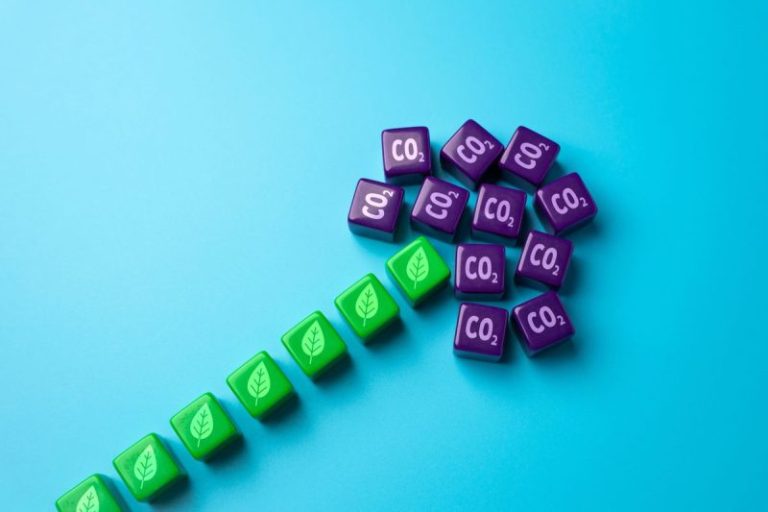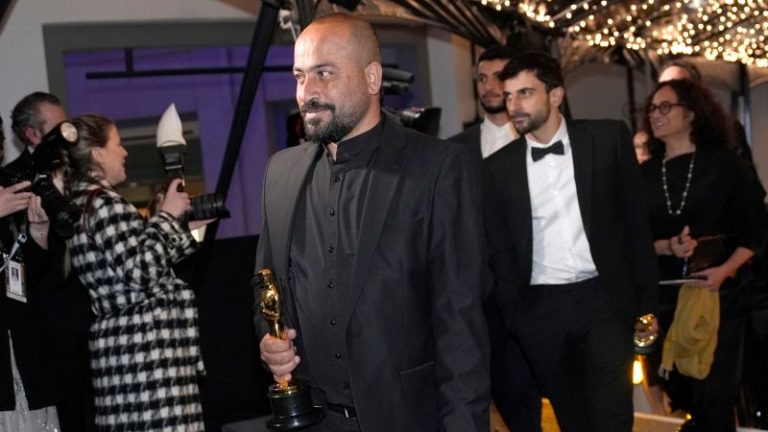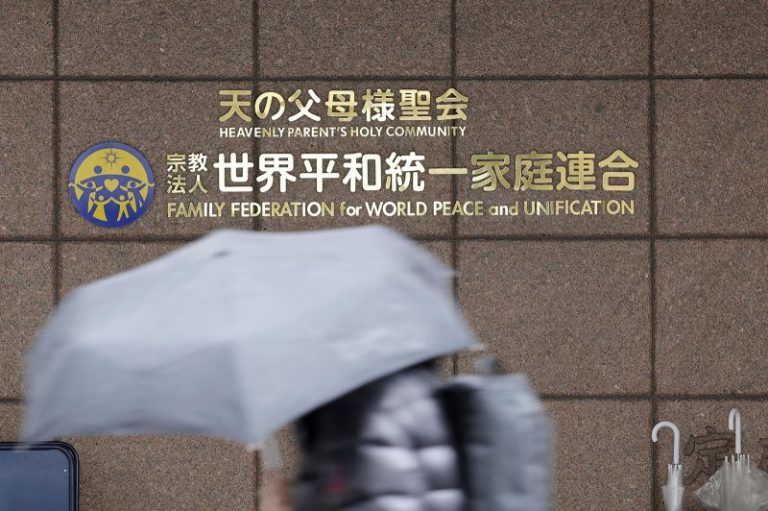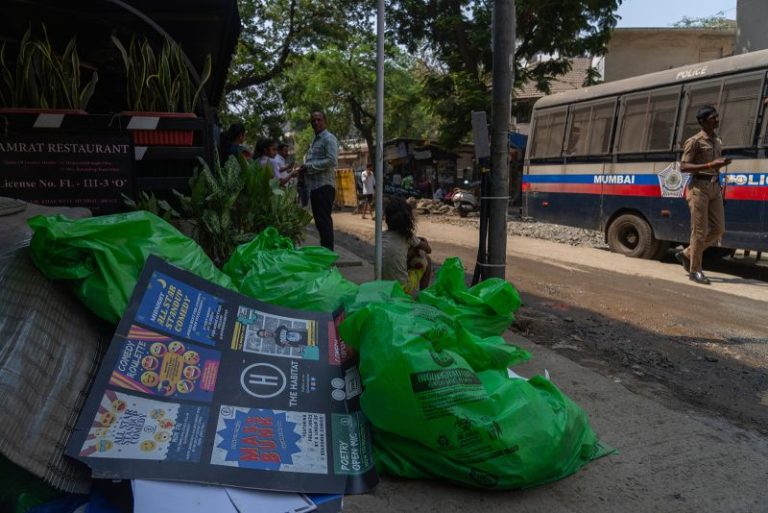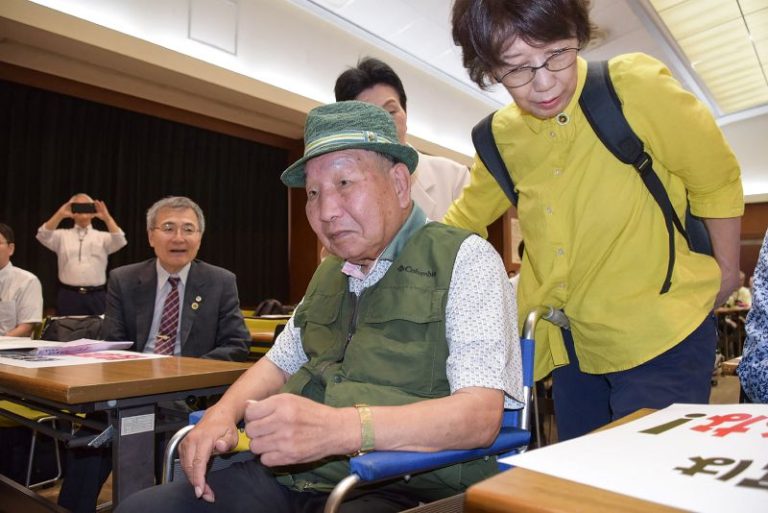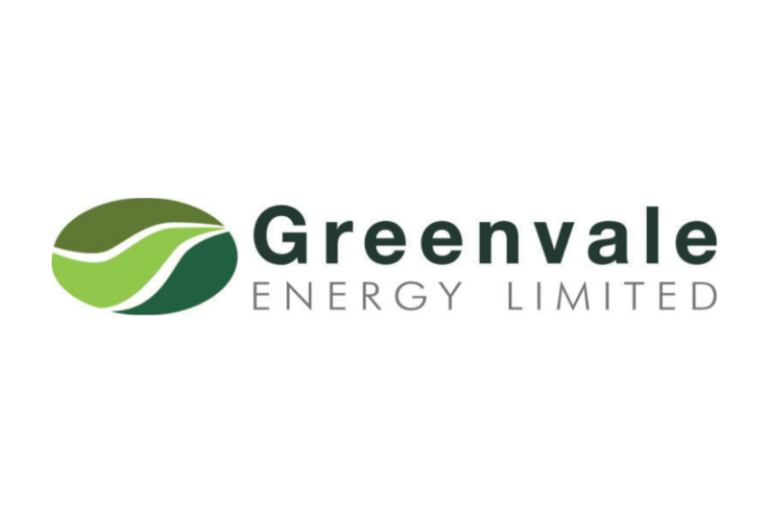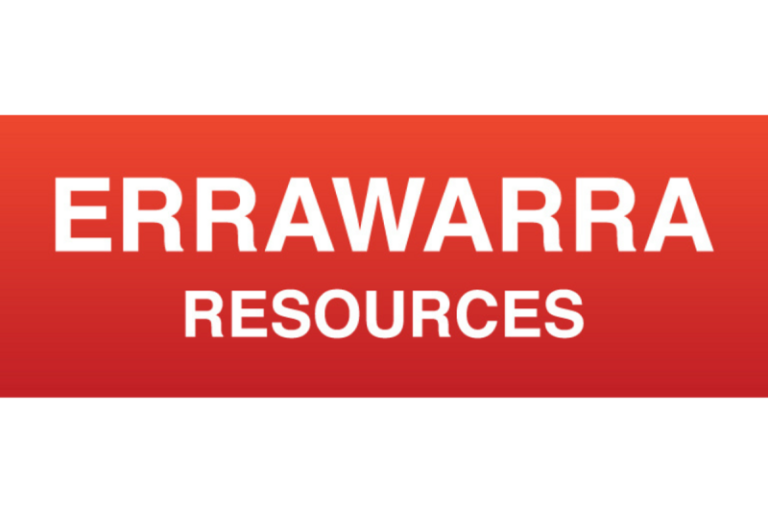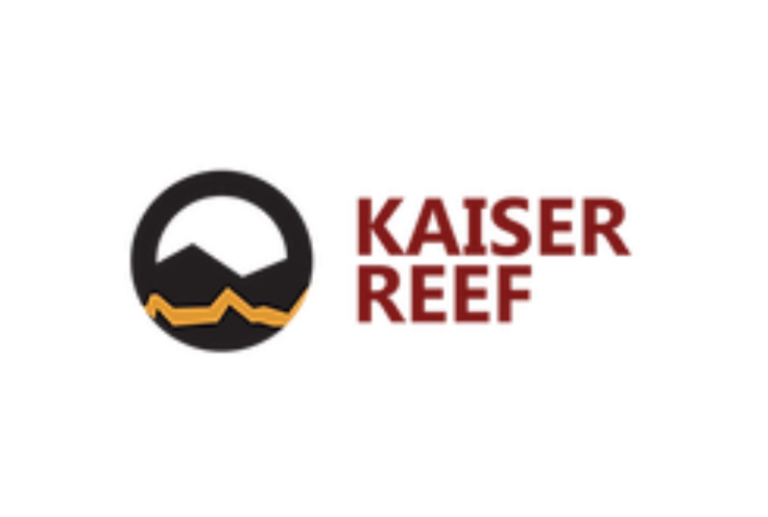US President Donald Trump has signed an executive order invoking the Defense Production Act to accelerate domestic production of critical minerals, aiming to reduce reliance on foreign sources — particularly China.
The order, signed on March 20, identifies mineral production as a national security imperative and authorizes the Department of Defense, in coordination with the International Development Finance Corporation, to facilitate financing, permitting and investment support for mining and processing essential minerals.
It also directs the Department of the Interior to expedite permits and prioritize mining operations on federal land.
‘Our national and economic security are now acutely threatened by our reliance upon hostile foreign powers’ mineral production,’ the order states. ‘It is imperative for our national security that the United States take immediate action to facilitate domestic mineral production to the maximum possible extent.’
The Defense Production Act, a Cold War-era law originally enacted in 1950, grants the government the authority to direct private industry toward national security objectives. In recent years, the law has been used to ramp up production of defense materials, medical supplies and renewable energy components.
Trump’s use of the act signals a strong shift toward prioritizing domestic resource extraction to counteract China’s dominance in the supply chain and dependence on other nations.
US reliance on foreign minerals
Despite possessing significant reserves, the US remains heavily dependent on mineral imports.
According to the US Geological Survey, the country imports at least 15 critical minerals in large quantities, with 70 percent of America’s rare earths coming from China.
The US also relies on imports for nearly 50 percent of its lithium, 90 percent of its gallium and nearly 100 percent of its graphite, all essential for defense applications and the growing electric vehicle industry.
The move to boost domestic production comes amid growing concerns over China’s tightening export controls.
Beijing has recently begun restricting shipments of germanium, gallium and antimony — materials that are vital for semiconductors and defense systems. In response, US policymakers have pushed for strategic stockpiles and expanded domestic production to reduce vulnerability.
Mixed market response to executive order
Industry leaders have applauded the order, calling it a necessary step toward securing a stable supply chain.
Some US mining companies have also issued statements in support of the executive order.
Ucore Rare Metals (TSXV:UCU,OTCQX:UURAF), which is currently working with the Department of Defense on rare earth elements processing technology, called the order a move that ‘underscores the urgent need to establish robust, domestic rare earth processing capabilities’ in a recent press release.
CEO Pat Ryan noted that the Trump administration’s efforts align with Ucore’s plans to commercialize its refining technology, which would help reduce the country’s dependence on Chinese processing facilities.
Similarly, American Tungsten (CSE:TUNG,OTCQB:DEMRF) praised the initiative, citing the need for an independent tungsten supply chain. ‘This Executive Order is a clear endorsement for America’s mining industry. We believe our tungsten project, the IMA Mine, is a core example of why critical mineral production in the U.S. must be prioritized and addressed without delay,’ commented CEO Murray Nye in a statement.
However, environmental groups have criticized the order, warning that it could weaken safeguards meant to protect public lands from excessive mining activity. ‘Yet again, President Trump is trying to ignore the law and dictate that our national public lands be handed over to private companies for extraction and profit above all else,’ Bloomberg quotes Rachael Hamby, policy director at the Center for Western Priorities, as saying.
Many environmental advocates prefer stronger regulations, and have long warned that increased mining activity, particularly on federal lands, could lead to pollution, habitat destruction and water contamination.
The order directs federal agencies to produce a list of US mines that could be quickly approved, and to assess which federal lands, including those managed by the Pentagon, could be used for mineral processing.
It also mandates the creation of a centralized forum for buyers and sellers in the critical minerals industry.
Securities Disclosure: I, Giann Liguid, hold no direct investment interest in any company mentioned in this article.


